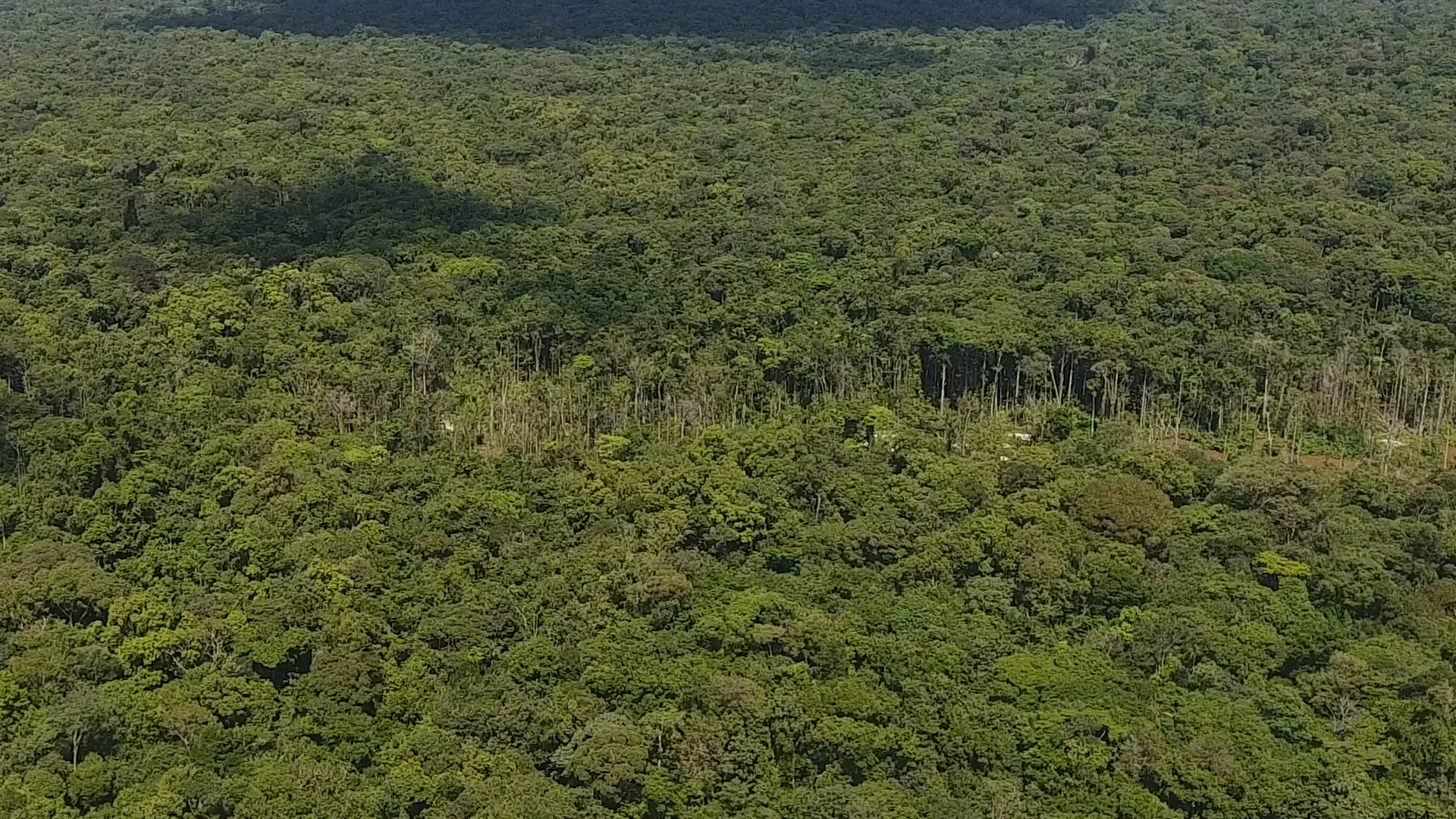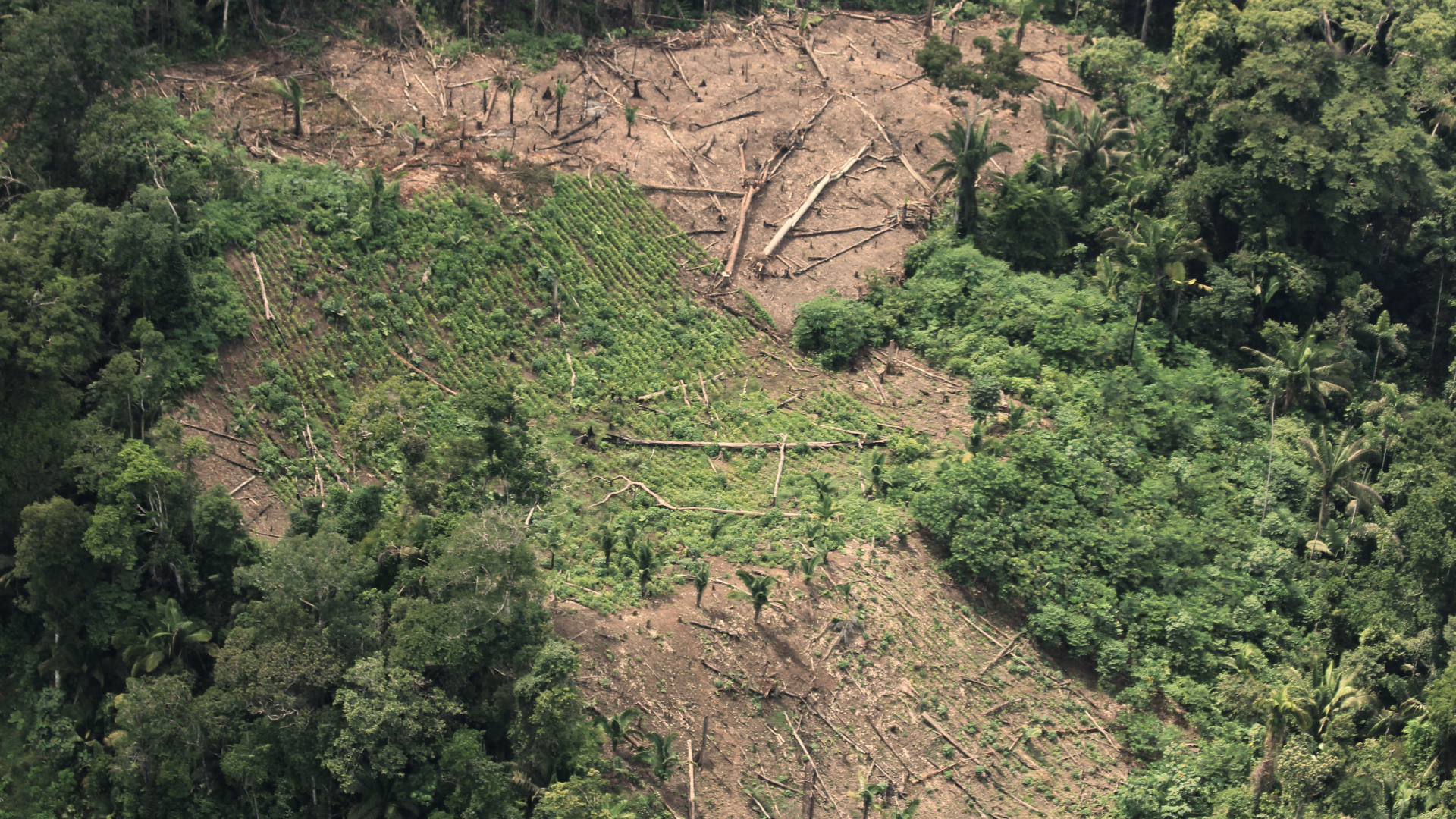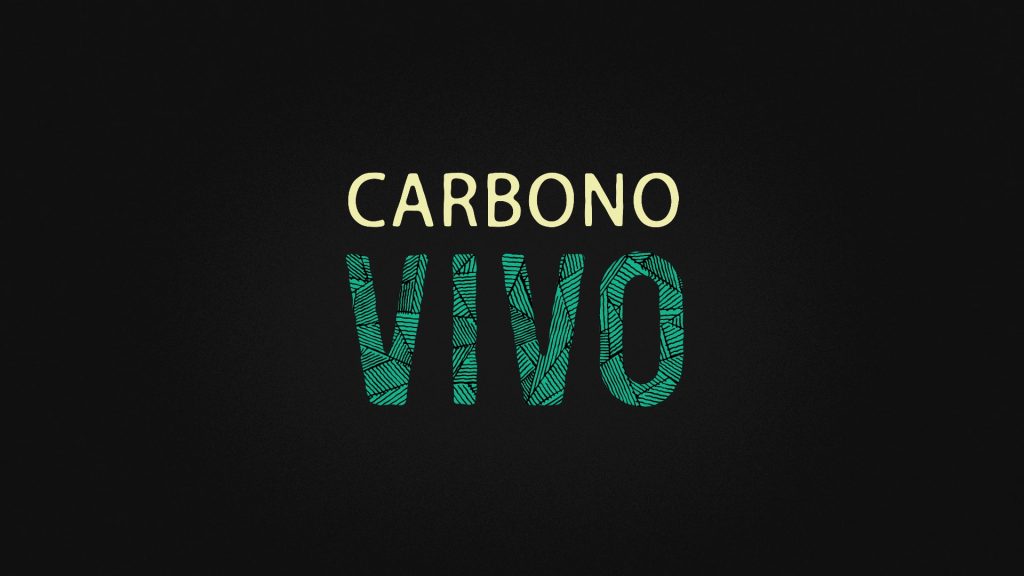By Infoamazonia
February 6, 2020
58% of the Amazon’s biomass is found in indigenous lands and protected areas; continuous forest degradation already exerts greater pressure than deforestation in seven of the nine countries of the region.
A new study published in the 27 January 2020 issue of the Proceedings of the National Academy of Sciences (PNAS) brings together the evidence that indigenous peoples and traditional populations have acted as the guardians of the Amazon rainforest in a concrete and measurable way.
A team of 19 researchers calculated the importance of protected areas and indigenous territories in maintaining the Amazon’s carbon stocks. To do this, the biogeographical boundaries, rather than coverage of hydrographic basins or the political and administrative boundaries of each country, were used.
Of the total estimated biomass for the Amazon region (73 billion tons of carbon), 58% is found within indigenous territories and protected areas. According to the report, indigenous peoples and traditional populations directly contribute to regulating the climate and preventing the warming of the Earth from being even more intense.
The study was carried out by researchers from the Amazon Geo-Referenced Socio-Environmental Information Network (RAISG) in partnership with the Woods Hole Research Center (WHRC), located in Massachusetts, USA, and the Coordination of Indigenous Organizations in the Amazon Basin (COICA).
RAISG is a consortium of eight non-governmental organizations from six countries in the Pan-Amazon (Bolivia, Brazil, Colombia, Ecuador, Peru and Venezuela).
In the study, the well-known hypothesis that such populations are the “guardians of the forest” was in fact confirmed. In other words, because they have lower rates of deforestation and forest degradation, these areas have lower carbon losses over time.
Carbon distribution (2016)
In the nine countries of the Amazon region, there are 3344 indigenous territories and 522 protected areas. Adding together all these lands, both areas already recognized and those awaiting demarcation, 52% of the Amazon is under some type of protection.
Rather than simply calculating the total amount of carbon stored, the article “The Role of Forest Conversion, Degradation, and Disturbance in the Carbon Dynamics of Amazon Indigenous Territories and Protected Areas” investigates how the stock has varied over the years and offers a balance of biomass losses and gains. The study suggests that, between 2003 and 2006, losses (3.4 billion tons) are almost twice as large as gains (1.2 billion tons). But, here again, losses within protected territories are smaller than those outside them.
Using images from the Landsat 8 satellite combined with measurements made in the field, the researchers calculated the gradients of change in carbon stocks. From this they could quantify how much of this variation occurred inside or outside protected territories.
.

In the Amazonia there are 3344 indigenous territories and 522 protected areas. Photo: RAISG
The article by RAISG, WHRC and COICA scientists shows that, although indigenous lands and protected areas represent only 10% of all carbon losses occurring in the Amazon in 2016, the situation is getting worse. The number is higher when we consider the whole period studied; here the participation of these categories in the overall loss of carbon was 30.4%.
This figure shows that the carbon stock is poorly managed: there is an increasing loss and replacement is insufficient. With deforestation, burning and the degradation of native forests, the carbon stock is literally going up in smoke.
One of the authors, Carmen Josse of the Ecociência Foundation in Ecuador, points out the importance of recognizing the real dimensions of the contribution of indigenous peoples in mitigating global warming. “This needs to recognize that they are effectively the guardians of these carbon stocks and are not getting the resources needed to do this job”
The studies were monitored by indigenous representatives associated with COICA, an organization that represents people from the nine countries of the Amazon. The researchers want the leadership of hundreds of ethnic groups to use their voice in the discussions on combating climate change, and to use the new study as a basis for their arguments.
* As part of the launch of the study, RAISG has produced, in partnership with InfoAmazonia, the video Living Carbon to explain the main results of the study and to interview researchers who took part.
Advancing degradation
Studies showing the effectiveness of indigenous territories and protected natural areas in impeding the advance of the devastation have been recurrent in recent decades. The innovation of this study sponsored by RAISG and the Woods Hole Center is to show the dynamics of carbon emissions in the Amazon.
This look at carbon pointed to one of the most important conclusions: even if it is not visible, there is loss over a longer period of time.
Contrary to the trend of accelerated loss in lands without protected status, indigenous lands and protected areas suffer more from degradation than from deforestation.
The difference between the two processes is in the speed of forest loss. Deforestation is clear cutting, the complete removal of the vegetation cover. Degradation or disturbance is progressive, involving selective logging. Once degraded, the forest becomes more susceptible to fires, which can lead to an even faster loss of carbon stocks in the future.
 Indigenous territories and protected areas suffer more from degradation than deforestation.
Indigenous territories and protected areas suffer more from degradation than deforestation.
In the Amazon, 47% of all emissions come from degradation. This percentage is worrying, says Carmen Josse, as this is an “almost ignored” public policy issue. To date, systems for monitoring loss of forest cover and mitigation of emissions through land use change are almost entirely focused on combating deforestation. Satellite images are programmed to only capture the total suppression of vegetation, the clear cutting.
“Capturing the dynamics of degradation is very important to show how carbon losses are advancing within indigenous territories and protected areas”, points out Cícero Augusto, one of the authors of the study and coordinator of geoprocessing at the Instituto Socioambiental in Brazil.
Deforestation and degradation: variations from 2003 to 2016
The study showed that in seven countries, forest degradation is the main cause of carbon emissions, with a percentage ranging from 63% to 85% of the losses in each country. On average, among all countries, degradation causes 75% of emissions, with the exceptions of Brazil and Bolivia. In these two countries the dynamics of land occupation for agricultural production requires the opening of new areas; while in the other countries the greatest pressure comes from the selective logging, roads, oil exploration and clandestine gold mining.
Case studies
Implications for public policies
The scenario for maintaining forest stocks in the Amazon is not the most favourable. In 2019, the world looked on in alarm at the terrible fires in the Amazon, especially in Brazil and Bolivia. Images of large expanses of burning forest, with giant columns of smoke, mobilized global public opinion. At that time, and still today, one of the clichés constantly repeated in the media was that the Amazon rainforest constitutes the “lungs of the world”.
The metaphor, although based on a true scientific fact – that the Amazon produces 20% of the oxygen on our planet – is misleading. Not a millimetre of this oxygen ever reaches us humans. When summarising the role of the great rainforest in our survival, what scientists emphasize is precisely its role as a climate regulator.
The data from the new study, when analysed, show clear trends. In all the categories investigated, the only ones that show any gain are the indigenous territories, both those already recognized or those still in the proposal phase.
Carbon loss by country between 2003 and 2016
Debates on how to avoid global warming, therefore, must involve questions of land tenure and regularization. The researchers argue that while there is a lot of talk about creating avoided deforestation projects, implementation in the field is not always easy.
But in the Amazon, forest management practices exercised by indigenous and traditional populations demonstrate exactly this path of sustainability.
“Indigenous and local communities tend to value diversified resource bases that allow them to avoid dependence on markets for subsistence. As a result, their land use practices are often more holistic, combining traditional ways of life with modern perspectives on sustainable use. Their conservation efforts also tend to be more effective and less expensive than conventional government-sponsored alternatives”, says the study.
However, the researchers point out that what we are currently seeing is a widespread trend throughout the Amazon region to advance economic activities in these protected territories. According to the article, although 87% of indigenous territories are formally protected, in a quarter of them (24%) there is overlap with mining areas. This scenario, influenced by recent political events, is more accentuated in Brazil, Colombia and Venezuela.
“Unfortunately, indigenous peoples, who manage and conserve forests better thanks to their ancestral practices, are the first to be affected by forest loss and the increase in carbon emissions, since climatic events affect the resources that are essential for their quality of life. Now they must face not only adverse policies and threats from invaders and settlers, but also the effects of climate change”, notes Sandra Ríos, an expert at the Instituto del Bien Común in Peru.

